The T&C Vanguards of Style
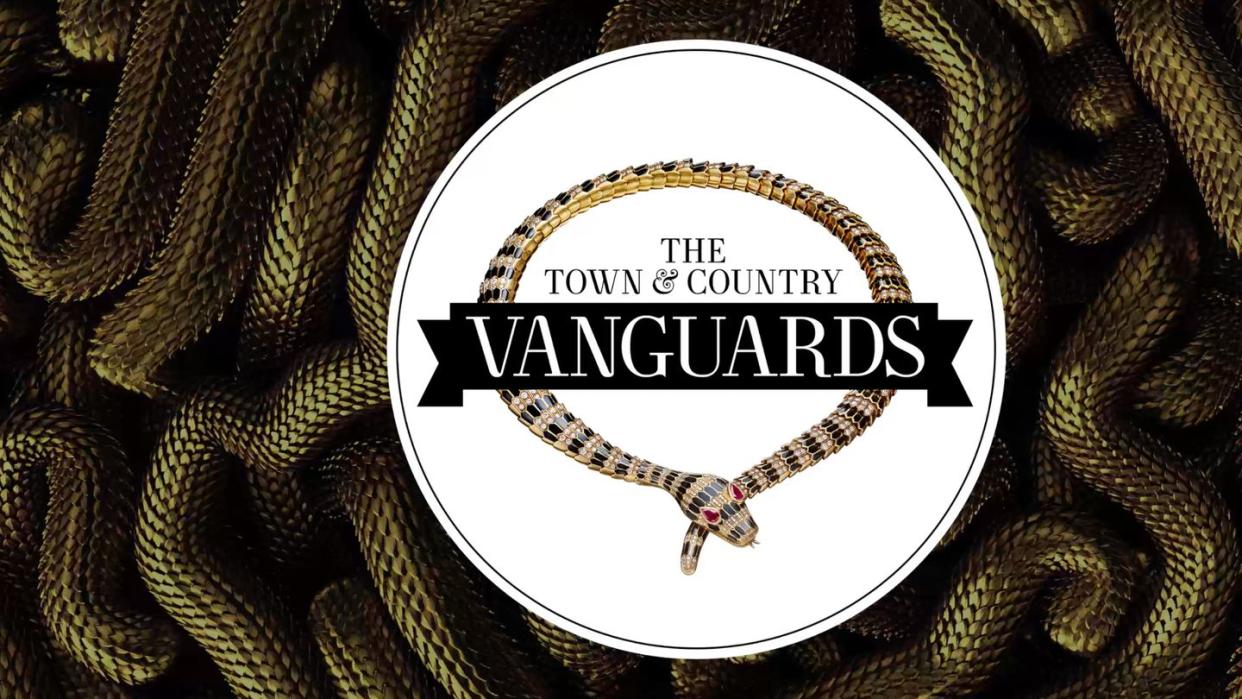
Legends are made, not born, shaped by daring moves, and the courage to inspire, to evolve, to change themselves and to change the world. Legends transform the way we think, the way we dress, the way we see ourselves and the world we live in. True legends are always vanguards, of history, of style, of culture, of the future. We celebrate them and their world changing ways in this inaugural edition of The T&C Vanguards.
Chapter 2
The T&C Vanguards of Style
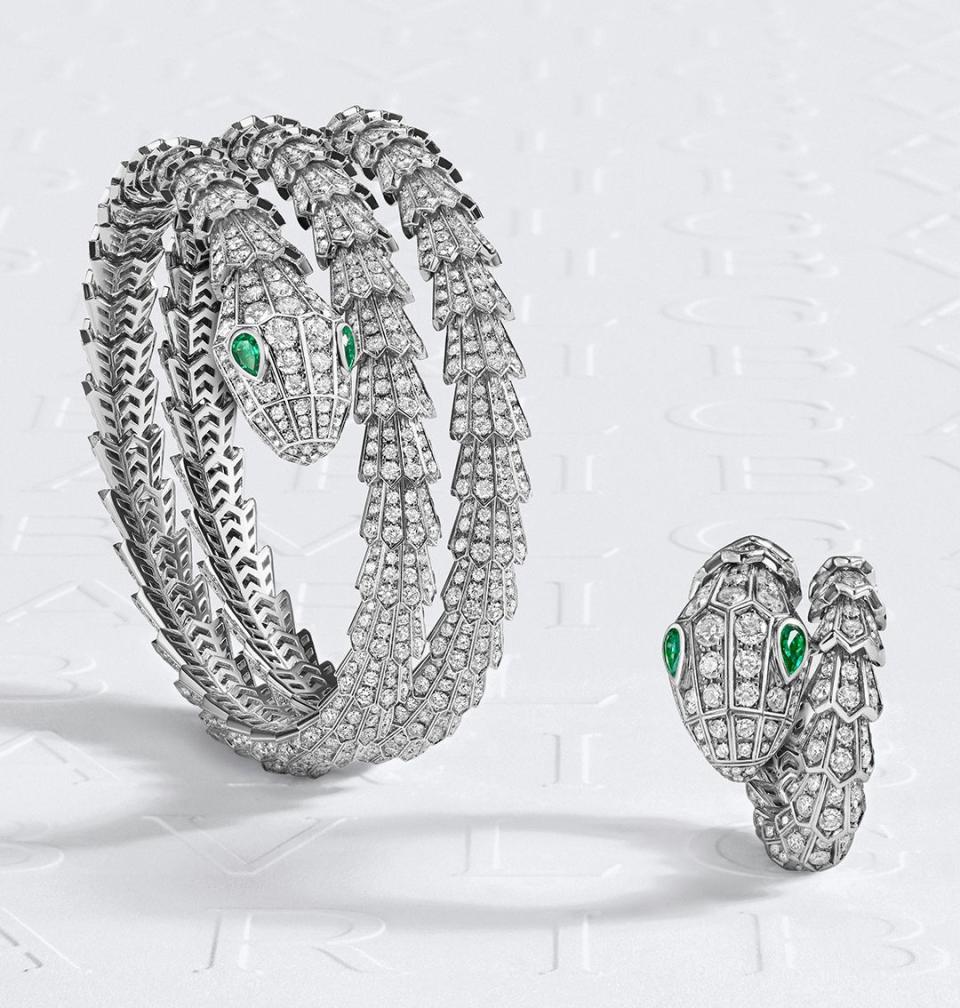
Tell me a “storia,” one might imagine Cardinal Scipione Borghese saying to Gian Lorenzo Bernini in 1621. And so he did: he told le storie in stone. Visit the Borghese Gallery in Rome and stand in front of Bernini’s Rape of Proserpina, or his Apollo and Daphne, and you do not experience a single moment in time, but an entire mythic drama—there is action, emotion, humanity. They are rich in poetry, in history, in symbolism. And all from the hand and mind of one man, the singular possibilities of human genius on display. Or, in the words of one friend: “How to make something hard feel soft as a cloud—beyond skills.”
I saw these masterpieces again recently on a trip to Rome on the same day I visited the Bulgari store on Via Condotti. With the phrase “stories in stone” ripe in my ear, I roamed the rooms of this landmark place and lingered even longer than usual at the vintage and contemporary Serpenti on display. I considered the craftsmanship visible in each golden scale, in the hand-painted enamel, or in a cleverly chosen emerald eye. But it was the choice of what story to tell in stone that moved me most this time, the boldness required to choose the story of all stories to tell in precious metals and rare stones, the story that started it all, the OG. In the beginning? There was a snake.
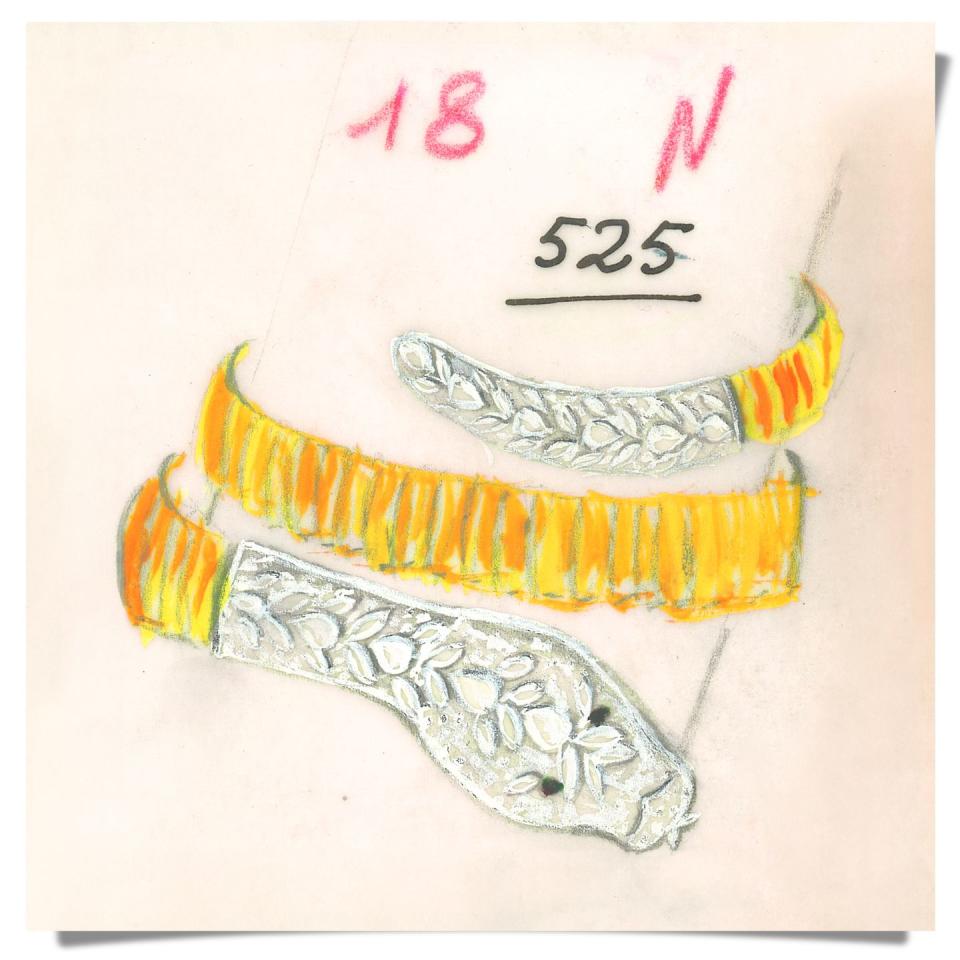
The serpent that brought knowledge into paradise has continued to bear fruit. Roam the ancient galleries of almost any museum and the snake appears—cast in gold for armlets that offered good omens and protection, wrapped around the god Asclepius’s rod as a sign of healing and wisdom, clinging to Aphrodite’s limbs as symbols of love and desire. There it is in a pharaoh’s crown, there it is again at the center of one of history’s greatest romances: Queen Victoria’s engagement right from her beloved Albert, which was a coiled snake set with emerald, ruby, and diamond. It is a figure loaded with meaning: rebirth, transformation, immortality, renewal.
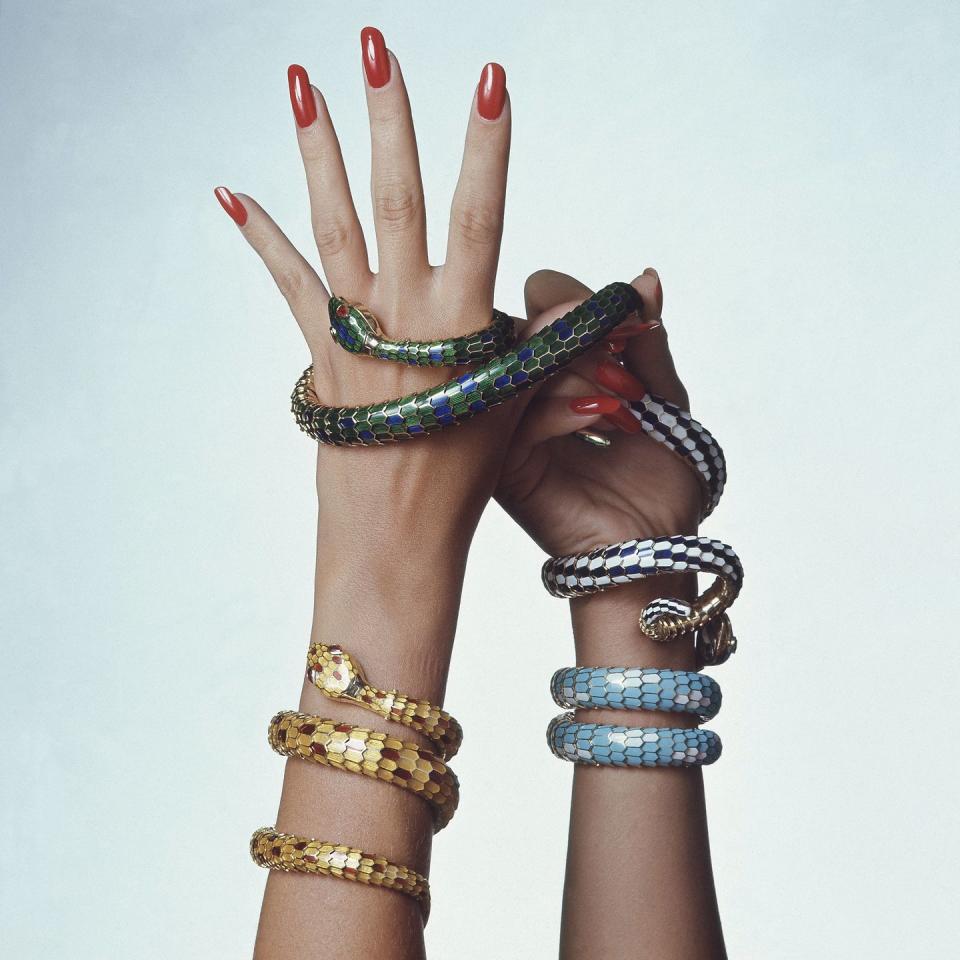
Anyone who wears a Serpenti feels this power. Put one on and it’s hard not to feel like a new day has begun, and that anything is possible. The Bulgari Serpenti’s story began in the late 1940s, a time that brought some of the most innovative and bold jewelry designs of the century. The Serpenti was introduced first in the abstract, and slowly, like its namesake, has evolved and renewed itself constantly since then. Its presence is powerful in a simple gold bangle, a rose gold ring, a necklace set with 70 rubies or a prized emerald. The Serpenti can present gracefully coiled around rare rubellites or charmingly offering two perfect sapphires. It can seductively dangle a morganite from its mouth, or proudly crown itself with the clearest of aquamarines. It is, like those who wear it, nuanced, and complex, rich with meaning and messages, and always ready to make one more moment in history. The Serpenti can even appear sometimes when you least expect it, hidden in a clasp of a once-in-a-lifetime 140-carat diamond necklace, as if to say, “I'm here. And I have your back.”

The Rules of Seduction
The serpent has been an agent of temptation since biblical times. We polled friends and one expert, Stephanie L. Herdrich, associate curator of American painting and sculpture at the Met, to learn a few things.
GO FOR IT
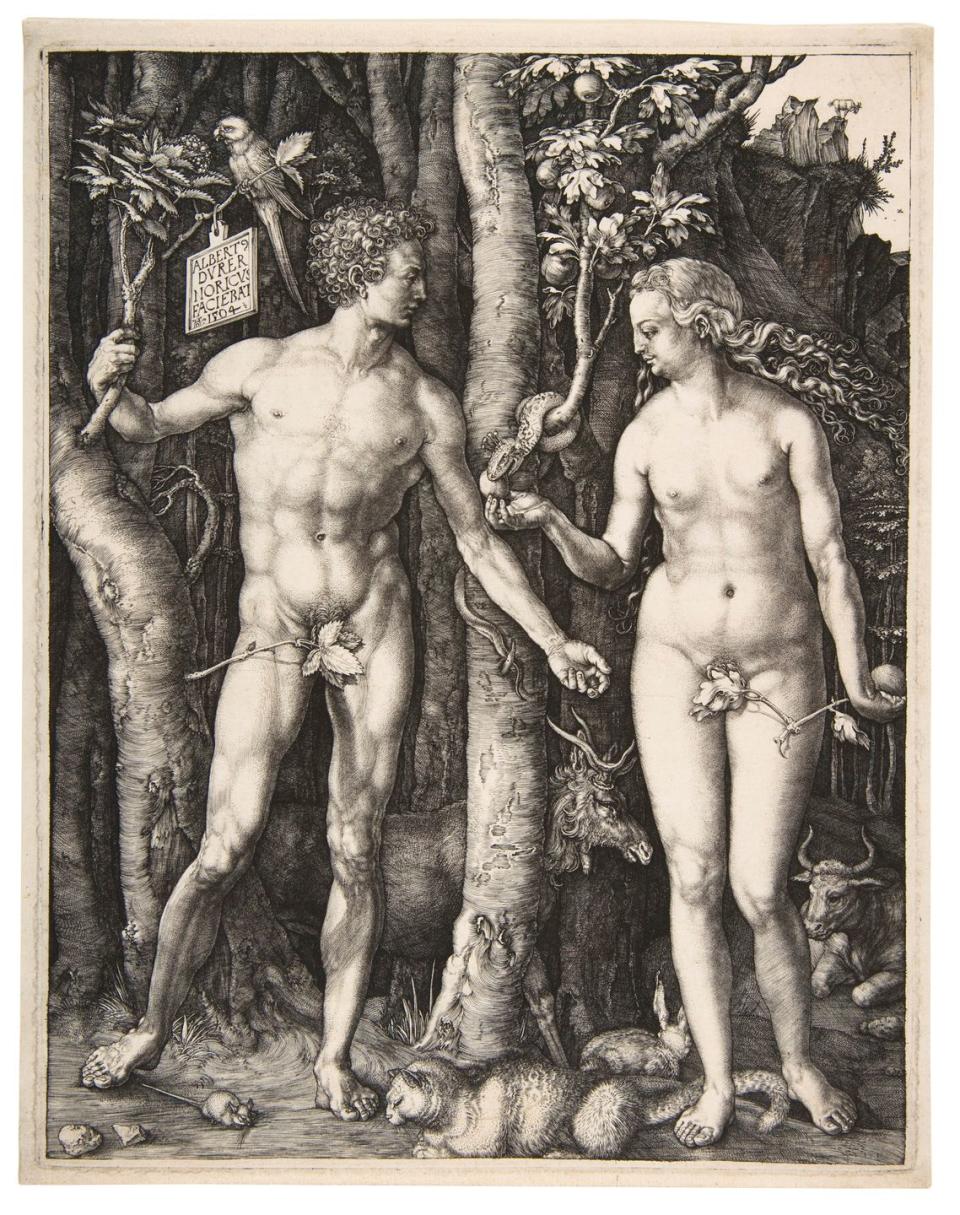
Innocence is so overrated. These two understood. Adam and Eve by Albrecht Durer, 1504
TRY, TRY AGAIN

If at first you don’t succeed… Allegory of the Catholic faith by Johannes Vermeer, 1670–72
LOOK WITHIN
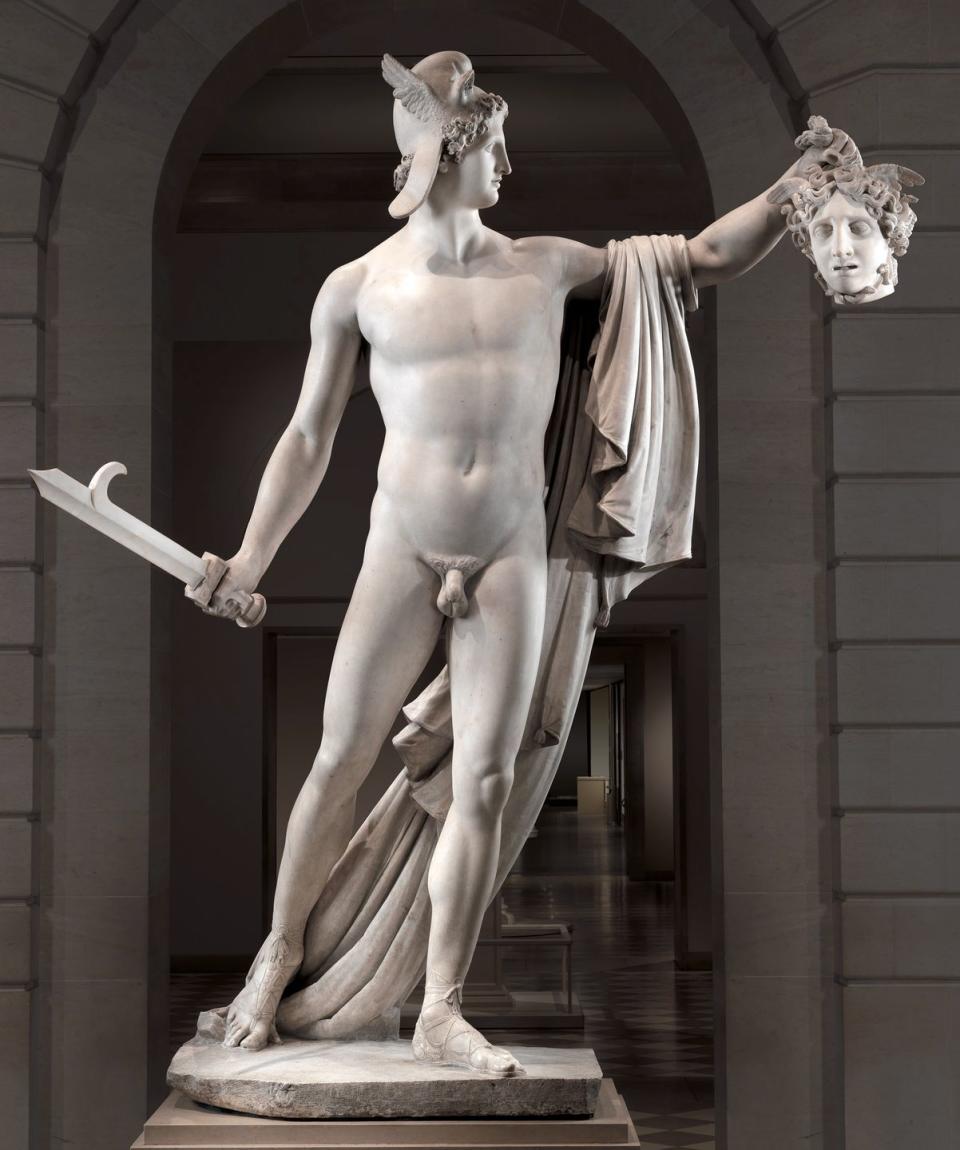
Not even in death did Medusa lose her powers. Remember that. Perseus with the head of Medusa by Antonio Canova, 1804–6
AIM HIGH
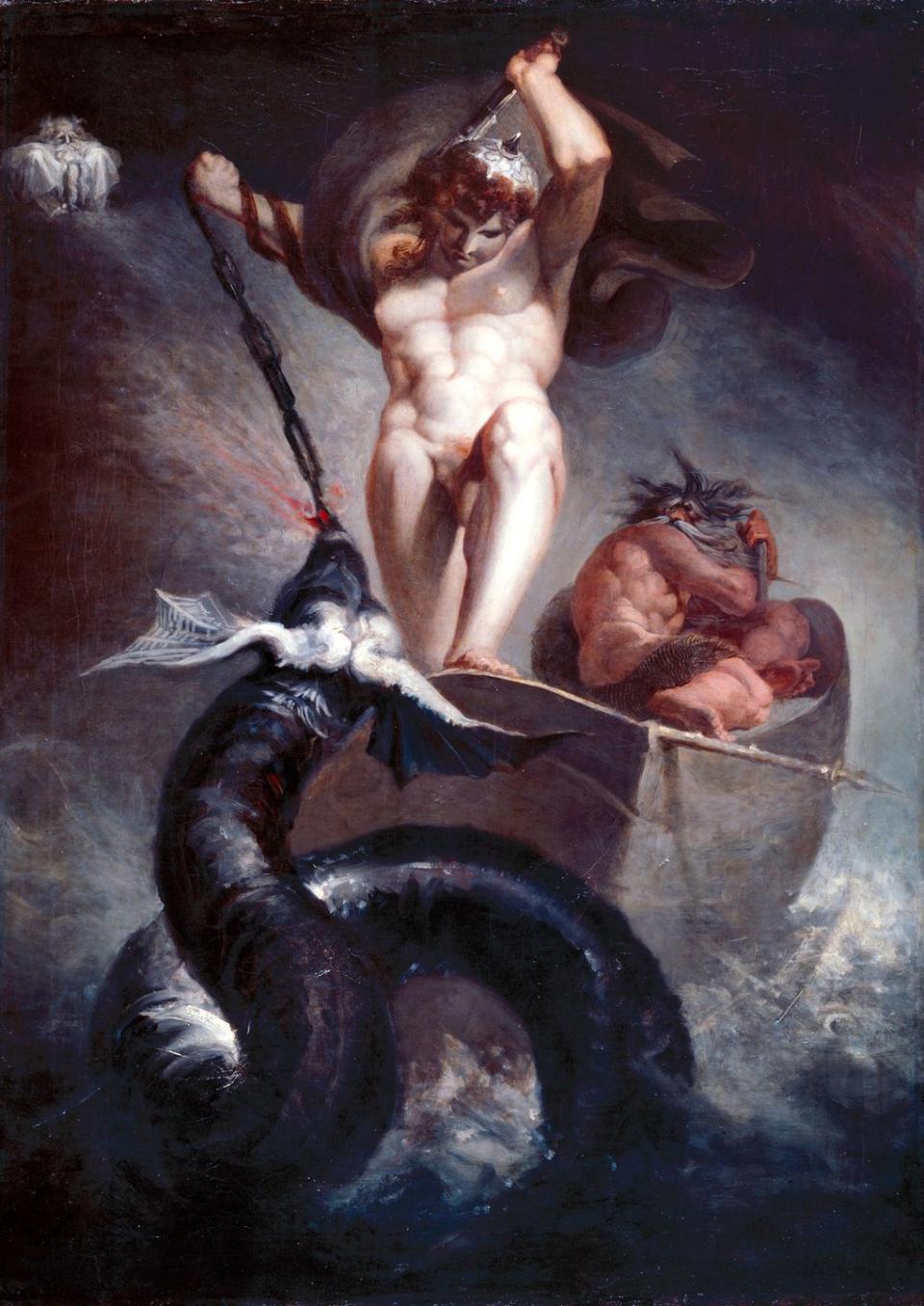
Formidable opponents have battled the mythical serpent. Thor battering the Midgard serpent by Henry Fuseli, 1790.
PRACTICE SELF-CARE
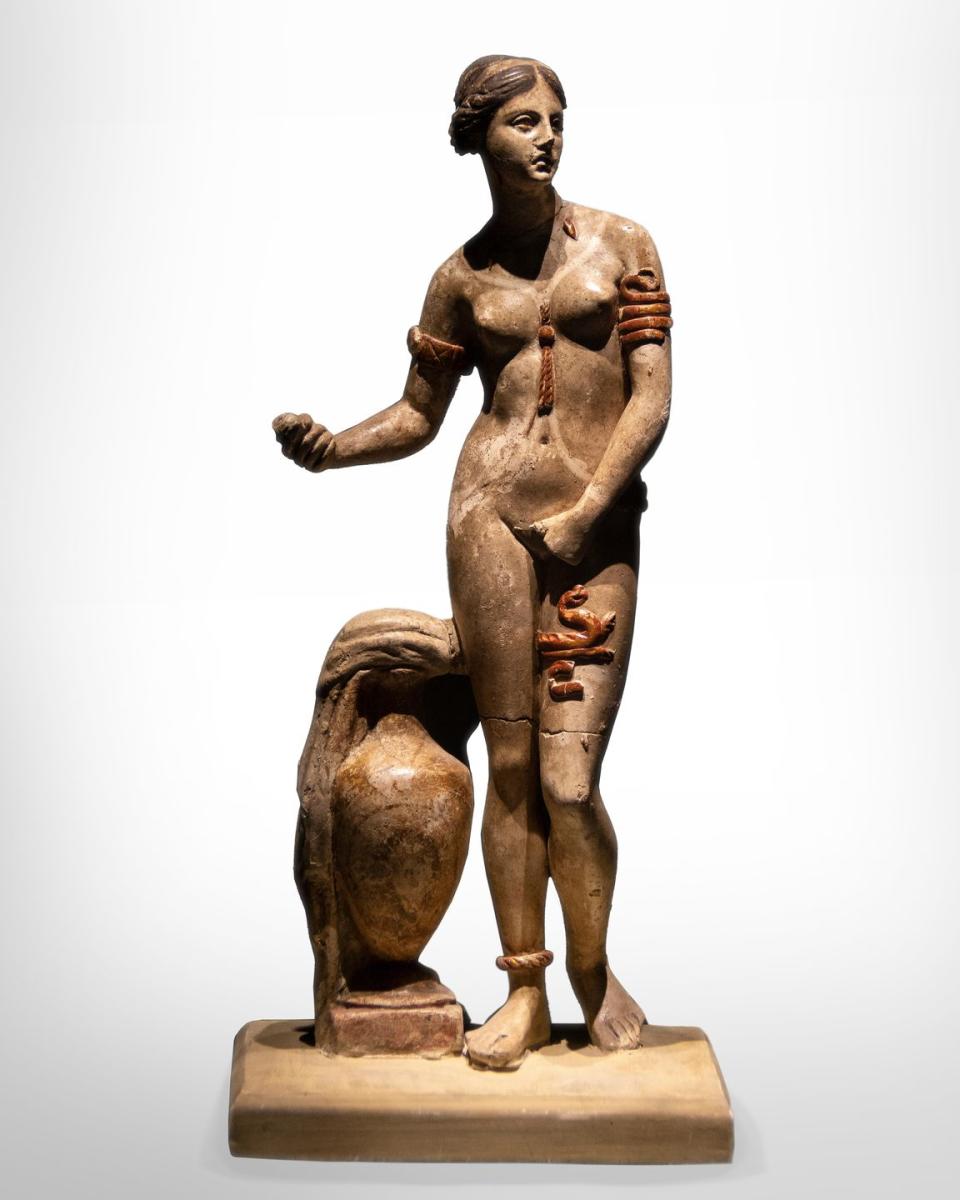
The Ancient Greeks chose Aphrodite, goddess of love, beauty, and fertility, as the model for the first-ever nude statue of a woman. Statue of Cnidian Aphrodite, 2nd century B.C., Archaeological Museum of Troy, Turkey.
Some of the great vanguards of style have worn Serpenti and continue to do so: Elizabeth Taylor, Diana Vreeland, Angela Bassett, Zendaya. So does it take a bold woman to wear this icon, or does the icon help her be bold? There is only one way to find out.
Stay tuned for Chapter 3: The T&C Vanguards of Arts & Culture, coming soon.
You Might Also Like


